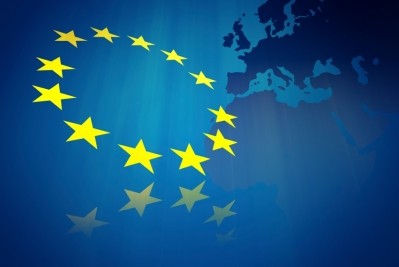EU project looks to enhance on-pack food labelling using smart phones

The idea behind the scheme is that devices such as bar code readers and smart phones could be used to supplement on-pack information, allowing consumers access food information much easier, faster and identify key data instantaneously, said Orange House Partnership, the organisation behind the Food Information Transparency Initiative.
Consumer-driven transparency
Herman Koëter, chair of the project team, said the partnership is already collaborating with a software company on technology that will allow consumers to scan 3D barcodes on food packaging using smart phones or in-store scanners to reach a platform with data not directly provided by the brand owner and easily understood by a range of consumers.
“We envisage that a panel of experts including food scientists and stakeholders involved in sustainable sourcing schemes such as Fairfood and UTZ Certified will generate the data and retain control of it so that the information remains impartial. But the specialists will obviously liaise with manufacturers on the ingredients being used in various products,” said Koëter.
“Consumers,” he told FoodNavigator.com, “have told us that want access to reliable information about food products such as why E-numbers are being used in certain foods, if another ingredient was used prior to replacement by a chemical version, how added minerals and vitamins function, and whether ethical standards were adhered to in the production of the product.”
Legislation compatibility
Koëter said the initiative has the backing of the Commission, with Robert Madelin, former director general of DG Sanco and now leading the EC’s DG INFSO, speaking at the launch of the food information project next month in Brussels.
Indeed, during the EU parliament debate on the new Food Information Regulation (FIR) in July this year, Health Commissioner John Dalli supported the use of new technology to give shoppers facts about foods beyond what is on the label:
“Improved technology would …in the very near future, I hope, enable us to give more timely information to consumers on what they are being offered.”
The organisers said the involvement of the Commission as independent observer and watchdog is considered indispensible as it provides assurance that the project outcomes are not in any way in conflict with EU legislation.
And, they added, now the FIR is in place, regulators and other parties are evaluating how technology can expand the information given on a food label. Indeed, said the partnership, the project "might take away the need for further regulation on additional food labelling in the (near) future.”
Building consensus
Cooperation of all stakeholders in such development is essential, said Koëter, to the initiative’s successful implementation. He stressed that only a common approach would achieve broad consumer support.
Koëter explained that the partnership has been trying, over the past few months, to build consensus with food producers, retailers, and consumer groups on the breadth of information to be provided, criteria, good practices and codes of conduct.
And he revealed that high level talks have taken place with the leading EU food makers including Danone, Nestlé and Unilever. “The brand owners are enthusiastic about the transparency project even if, initially they wanted to have sole responsibility for the information related to their products on the ICT platform."
Although the project’s initial focus is on the EU, its application and coverage have global relevance, said Orange House. "Food producers and retailers involved operate well beyond Europe, the issues covered are global issues as food travels across continents, and food ingredients are often imported from outside Europe," it adds.
But Koëter points out that more funding and sponsor involvement in the project is required to scale it up commerically.















